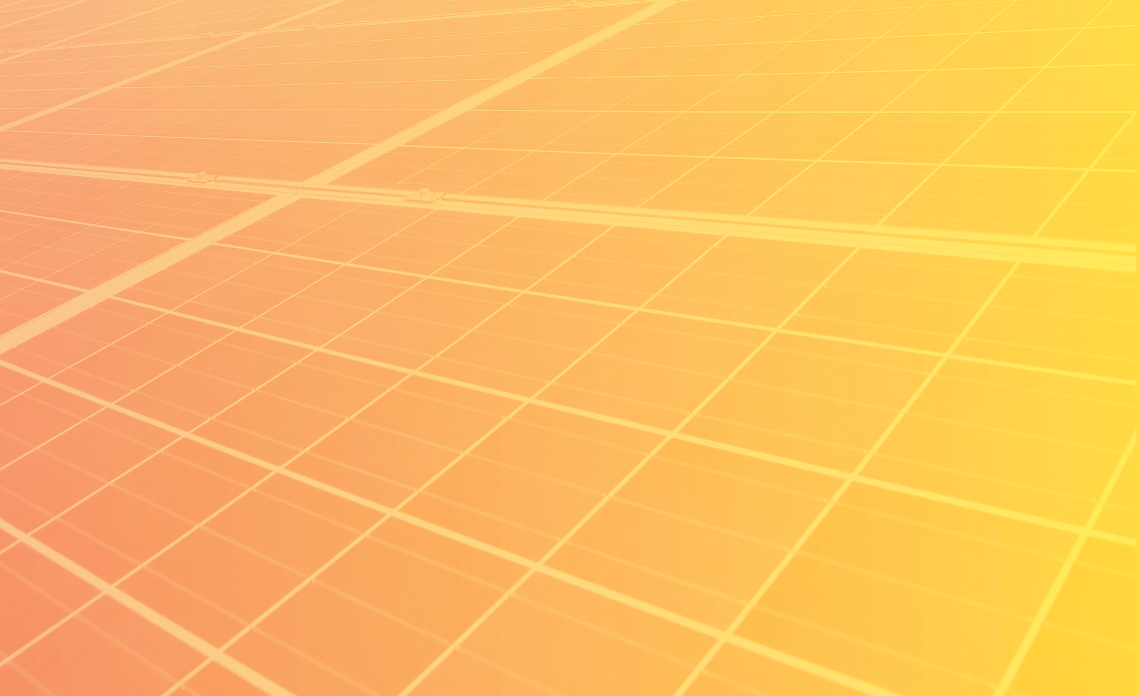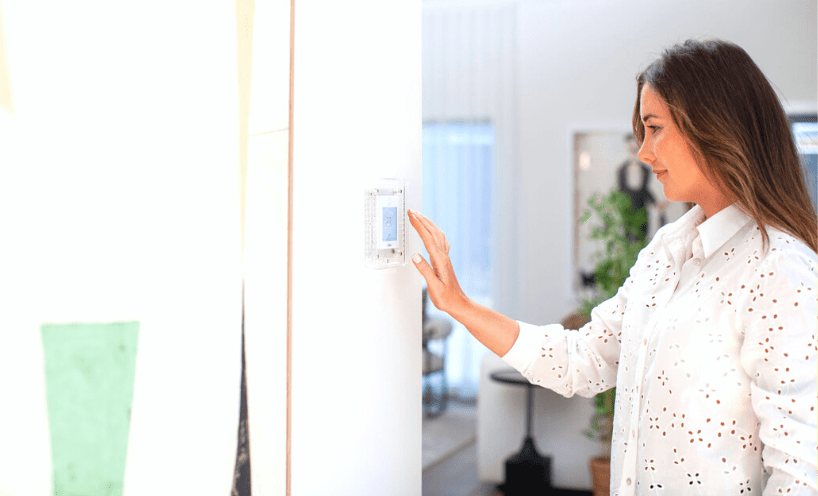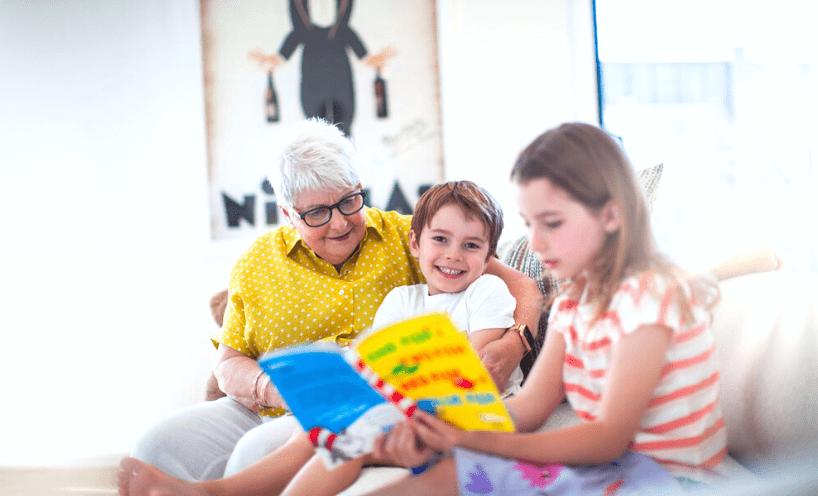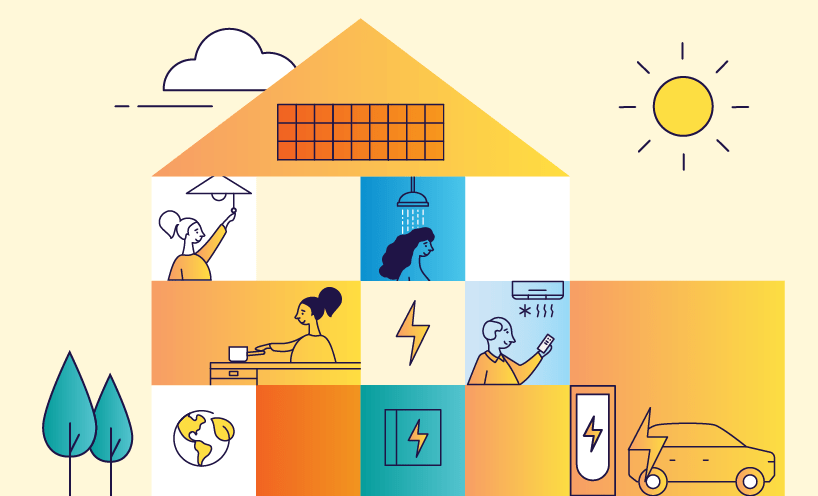In Australia, 40% of all energy usage in the home comes from heating and cooling. Victoria has very cold winters, so heating is an important aspect of our homes – and a big contributor to our energy bills.
Having good heating and cooling improves your thermal comfort, which is good for your health and wellbeing. An energy-efficient system makes it more affordable to keep your home comfortable.
This article looks at three options for energy-efficient heating and cooling.
Reverse-cycle air conditioners: energy-efficient and great for large spaces
To heat or cool individual rooms and large spaces, reverse-cycle air conditioners (RCAC) are one of the most energy-efficient options, which means you’ll reduce your electricity bills and save money on running costs each year.
Reverse cycle air conditioners aren’t just for cooling: they can also heat your home. And they are very efficient – meaning they’re affordable to run. Calculations from Choice found that a reverse-cycle air conditioner is about a third of the cost of an electric heater to run in the same space.
Split system vs ducted
There are two kinds of reverse cycle air conditioner:
- Split systems have a wall-mounted unit inside and an external unit outside your house, connected with pipes. They are great for heating and cooling single rooms or small apartments. The upfront cost of purchasing and installing a split system air conditioner can range from $1,500 to $5,000.
- Ducted air conditioning systems have vents in the ceiling – or sometimes, the floor – in multiple rooms, all linked to one central unit. They are suitable for larger homes, and more expensive than split systems, costing up to around $12,000 or $15,000.
Look for a model that suits the layout of your house and has the right capacity for your needs.
Our Home Heating and Cooling Buyers Guide has more information about how reverse cycle air conditioners work, plus advice on replacing old gas, electric and wood-fired heating with modern electric equivalents.
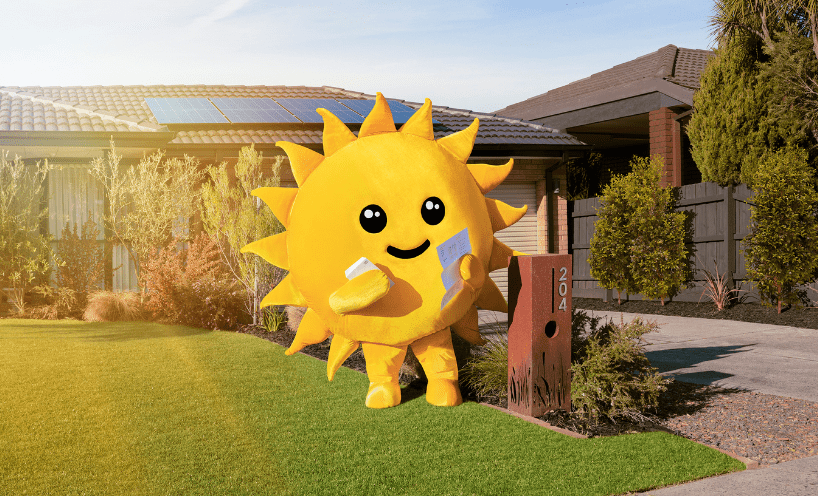
Solar panel (PV) rebate
Solar panel rebates plus the option of an interest-free loan are available for eligible Victorian homes.
Electric heaters: portable, affordable and super for small spaces
Portable electric heaters can be a cheap solution suited to short periods of use in small areas.
Advantages of portable electric heaters include:
- They don’t require installation – simply plug them in. This is a good option if you can’t install an RCAC system, like in an apartment or rental home.
- They can be moved around and used where you need them. Bring it into the lounge or study during the day, then warm up your bedroom at night.
- There’s a range of price options, starting from around $30.
But the downsides are:
- Portable electric heaters aren’t as energy-efficient as reverse-cycle air conditioners, and can be comparatively expensive to run, especially if your aim is to heat a larger space or run it for long periods.
- Cheaper units might not last very long so you could have to replace it sooner.
- They cannot cool rooms like a reverse-cycle air conditioner can. You’ll need a fan or portable air conditioner to keep cool in summer.
If you are shopping for a portable electric heater, check the energy efficiency rating and buy the most efficient one you can afford.
Heat pump hydronic systems: cost effective and energy-efficient
A hydronic system circulates hot or cold water through radiator panels in rooms or under the floor. It converts heat from the outside air to hot water that is piped through to the home to provide ‘radiant’ heating.
Hydronic heating can be an efficient option for a comfortable heating and cooling system. It can also suit sufferers of asthma or respiratory issues.
Wondering how hydronic systems measure up against reverse-cycle air conditioners?
Both options can be electric and energy-efficient, but they function differently. When considering hydronic systems, it's important to ensure proper insulation for the pipes to maintain their energy efficiency. It's also worth noting that they involve a higher initial investment for purchase, installation, and operation compared to reverse-cycle air conditioners.
Tips for saving on heating and cooling
A few simple habits can help keep your costs down:
- “Zone” your home, either with a ducted system or by closing off areas with doors, so you only heat or cool the areas that you are using.
- Set your temperature between 18 °C to 20 °C in winter, and 25 °C to 27 °C in summer. Every degree difference can increase your electricity bills by around 10%.
- Turn it off when you go to sleep or aren’t home. If your system has a timer function, set it to turn on just before you wake up or get back.
Power your heating and cooling with solar
Consider a switch to solar to save on your energy bills throughout your home and reduce the running costs of your heating and cooling system. Typical households can save an average of $750 per year on their electricity bills when they install solar panels. We offer rebates and interest-free loans for solar PV so you can start the journey towards home electrification.
Updated
